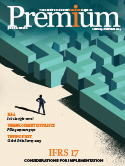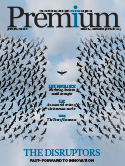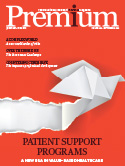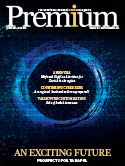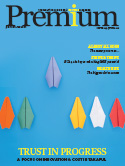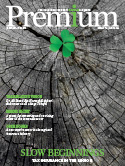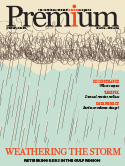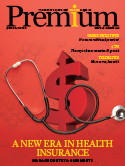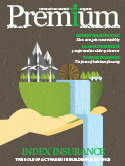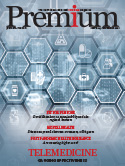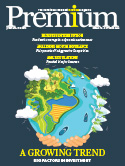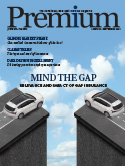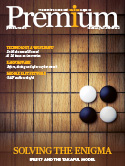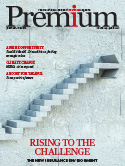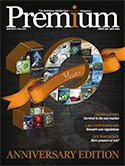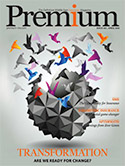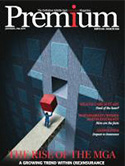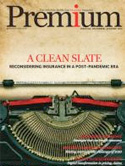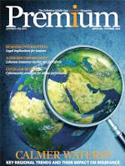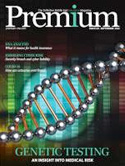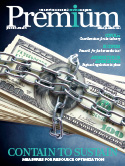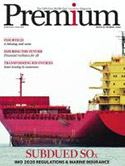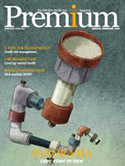S&P: Profits in life reinsurance driven by market concentration
The concentration of the global life reinsurance market and high barriers to entry for new players will contribute to the continued profitability of the sector, according to analysis from rating agency Standard & Poor’s (S&P).
In its latest global life reinsurance market report, S&P has pointed out that returns on equity (RoE) stayed somewhat above the 10 percent threshold, which lends impressive profitability to the sector in 2016 and may be repeated in 2017.
S&P attributed the concentration of the international life reinsurance arena, to be among the drivers behind the market’s continued profitability in recent times, and the expectation this trend will continue throughout 2017.
The top-six players in the life reinsurance market have a combined market share of more than 90 percent, explained S&P. “Although competition and pricing pressure is visible among the established players, the high barriers to entry for new entrants will likely help the industry perform in line with its sound history. Since the barriers to entry are lower for the longevity swap business, which has a larger number of competitors, we assume this segment will experience greater pressure on margins,” said S&P.
The challenge for new market entrants concerns the huge underwriting capabilities of established players, as well as their knowledge and expertise within the sector, something that is hard to replicate. S&P says that cedents in the space really value the sophisticated underwriting, actuarial and risk transfer capabilities of their established reinsurance partners, underlined by long-standing relationships.
The ongoing low-interest rate environment, which, according to S&P has more of an impact on primary life insurers than life reinsurers, owing to the former’s focus on biometric risks and its reluctance to assume market risk, is expected to drive high demand for reinsurance protection in the mid-term.








